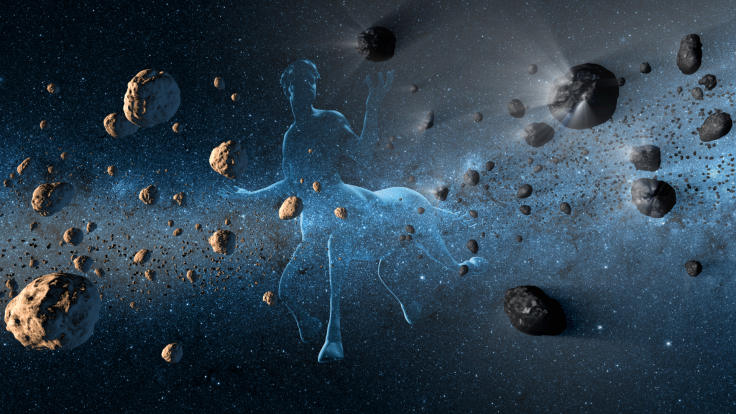Researchers Identify Asteroids Of Interstellar Origins Inhabiting The Solar System

KEY POINTS
- A new study identified 19 asteroids in the Solar System that have interstellar origins
- The authors of the study identified the asteroids as Centaurs
- The researchers made the discovery by tracing the trajectories of the asteroids
In a new study, a group of researchers revealed that 19 asteroids in the Solar System have interstellar origins. They believe that the space rocks entered the Solar System billions of years ago.
The study was conducted by researchers from the São Paulo State University's Institute of Geosciences and Exact Sciences in Rio Claro, Brazil. They presented their findings in a new paper published in the journal Monthly Notices of the Royal Astronomical Society.
According to the researchers, they discovered 19 asteroids that came from interstellar space. They identified the asteroids as Centaurs, which are space rocks that originated outside the Solar System and move around the Sun in between the orbits of Neptune and Jupiter.
Maria Helena Moreira Morais, one of the co-authors of the study, noted that identifying the origins of asteroids in the Solar System can be challenging. The researcher noted that it is difficult to differentiate which ones were captured by the gravitational pull of the Sun from those that formed around it.
“The stars were close enough to each other to foster strong gravitational interactions that led to an exchange of material among the systems,” Morais explained in a statement. “Some objects now in the Solar System must, therefore, have formed around other stars.”
“Until recently, however, we couldn't distinguish between captured interstellar objects and objects that formed around the Sun,” she added. “The first identification was made by us in 2018.”
The asteroid that Morais referred to is Ka'epaoka'awela, a Centaur that orbits close to Jupiter. Through the recent study, Morais and her colleagues were able to identify 19 new Centaurs.
According to the researchers, they were able to do so by using a computer model that traces the trajectories of the asteroids. Through this model, the researchers were able to identify where the asteroids were when the Solar System started to form 4.5 billion years ago.
The researchers noted that identifying asteroids that came from interstellar space can help future missions and studies that are focused on analyzing the nature of the space rocks. Also, studying interstellar asteroids can provide vital information regarding the formation and evolution of the Solar System.
“Studies of this population will bring to light information about the star nursery from which the Sun emerged, the capture of interstellar objects in the primordial Solar System, and the importance of interstellar matter to the chemical enrichment of the Solar System,” Morais stated.
© Copyright IBTimes 2025. All rights reserved.





















